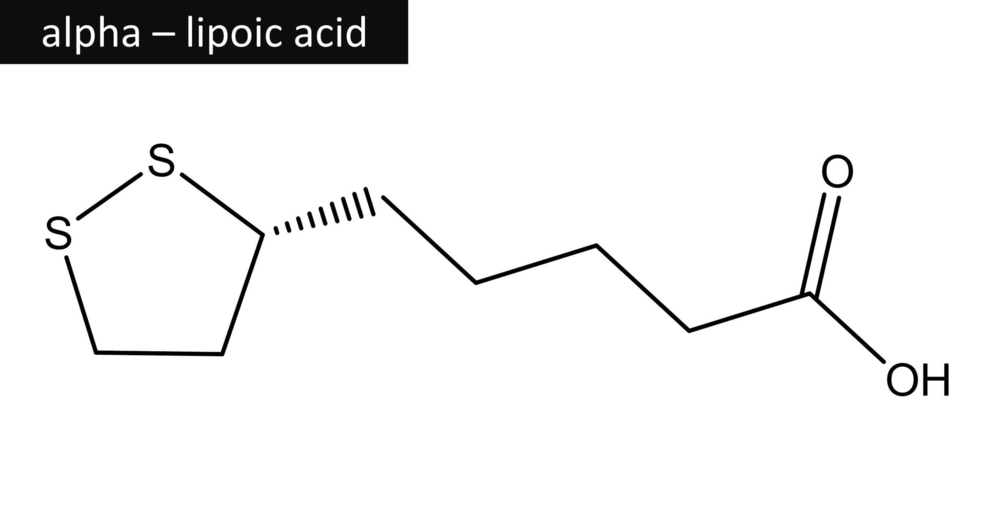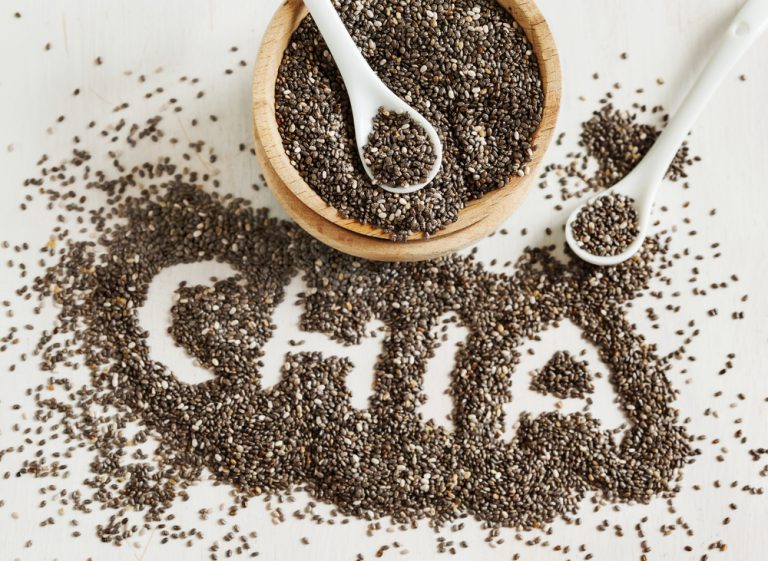I would like to discuss the subject of super-foods a little bit more. Today we will take chia seeds and our more local counterpart - flax seeds. In what thing they are similar and what differs them? Is it really Spanish sage far superior to flax in terms of health values? Is it worth paying many times more for exported superfoods?
What do we know about Spanish sage?
Chia seeds are indisputably valuable and rich in nutrients. We find in them quite a large amount of polyunsaturated fatty acids from the omega 3 family (alpha-linolenic acid – ALA mainly to be exact), and also a significant amount of fibre and mucilaginous substances. Considering the portions of 100g, there are also quite a few proteins in them, but let’s be real - who would eat 100g of chia seeds?
Although the calcium content (as for a plant product) is quite high. On the Internet, you can even find that it contains more of it than milk (which is not a wonderful source of Calcium at all, let's be honest, cheeses beat it on the head), however, we have to consider how much of chia we are eating in one meal. If we mention “handful” amount, it’s approximately 20-30 grams of Chia. If we add it to even a glass of milk, we are still gain more calcium from milk than from chia seeds.
Let's go back to earth
Chia is healthy, indisputably, but it is irreplaceable? About this in a moment, let's take a look at fresh publications.
The year 2018, the “Nutrients” magazine, a team of Argentinian and American researchers - the publication deals with the long-term consumption of chia seeds on bone mineral density, liver and intestinal functions in rats. Even though using the animal model, although the research is invariably interesting.
A group of 20 rats were fed with food containing 10% chia seeds or a conventional, isocaloric diet for 10 or 13 months. For 10 months the parameters determined were very similar, but after 13 months ... The bone mineral density turned out to be significantly higher. In addition, there was also an improvement in the parameters of liver function and coexisting decrease in lipid accumulation in hepatocytes (liver cells), as well as increased intestinal muscular thickness and deepening of Luschka’s crypts. At the same time, the researchers emphasize that the observed effects are most likely associated not with the miraculous properties of Spanish sage, but with significantly increased intake of alpha-lipoic acid (ALA) with diet.

Staying in the topic of ALA content in chia seeds...
Analyzing the composition of seeds, we can conclude that in our conditions they are somewhat ... overrated. The ALA acid content is apparently lower than in common flax (the data is divergent and the content is not constant but the differences reach over 50%!) At the same time price is, unfortunately, less favourable for chia seeds. Yes, the technological application may be slightly different - from flax, it is impossible to make attractive visual puddings, and in the case of sage, this is not the slightest problem.
Summary
Can chia be considered superfood? It is hard to say, it is certainly beneficial and useful, it is also characterized by high health and nutritional values. However, is it so above average and great? When looking for optimal superheroes in your diet, choose flax - it will come out cheaper and healthier.






